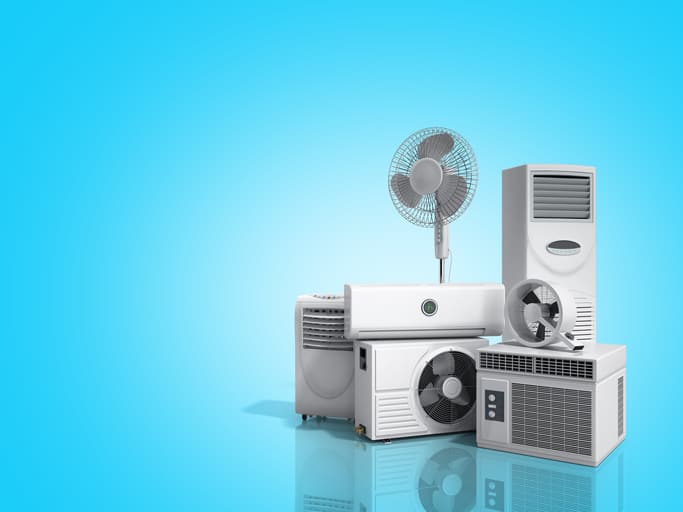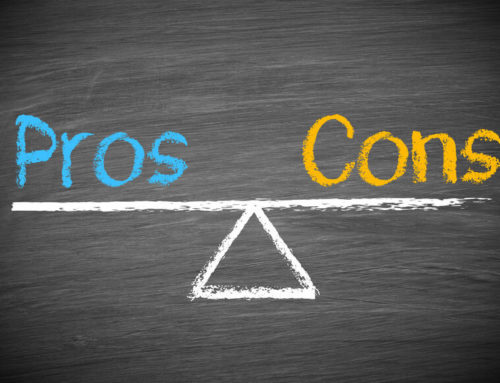When air-conditioners first became widely available in the 1980’s they were big, clumsy, noisy, inefficient contraptions. If you wanted to be sure of staying cool, it was definitely a case of the bigger, the better.
Technology has advanced a lot since then and today’s ac size units are sleek, efficient and relatively noiseless by comparison. Size still matters though, but now it’s all about finding the optimum sized unit for the space you want to cool. If you’re running a unit that is too big or too small, you lose out on the benefits of all those advances in technology that have led to the energy efficient designs of today. And the place you’ll feel this loss the most is your wallet. In order to be as energy efficient as possible, the air conditioner needs to be sized to the square footage of the area it is intended to cool.
Here’s why:
- AC Too Big- If your unit’s capacity is greater than the size of the space it is cooling, it will cool the air to the desired temperature too rapidly and then switch off. Without the AC running through the full cycle it was designed for, the room will reheat rapidly, causing the AC to turn on again. This constant rapid on/off cycle has 2 major negative results. The first is higher electricity bills. Generally speaking, machines consume more energy when starting than when running and your AC is no exception. The second is the comfort. Air conditioning is designed to cool the air and also to remove humidity from it. If your AC is too big, it’ll cool too quickly but won’t have the chance to remove humidity, leaving you with a cold, clammy room.
- AC Too Small- When your AC is too small, it has to run constantly in order to maintain the level of comfort that you require. You’ll probably be able to maintain a comfortable temperature in your home, but your unit will be working overtime to achieve this. This will not only run up your utility bills, it’ll also lead to uncomfortable breakdowns followed by expensive repairs and considerably shorten the lifespan of your unit.
- AC Just Right- An AC properly matched to the space you want to cool will give you optimum comfort while allowing you to benefit from its energy efficient design.
How to Select the Right-sized Unit?

To do this, first you have to calculate the area of the space, then you can find out the required BTUs on the chart below. There are also some variables to take into account but before we discuss those, here’s how to calculate the area of your space.
- Rectangular or square room- multiply the length of the room by its width. And remember, always measure in feet, and convert inches to fractions, for example, 5 feet 6 inches is 5.5 feet.
- Triangular room- multiply the length by the width and divide by two.
- Irregularly shaped rooms- break the room down into regular subdivisions and calculate the square footage of each one as above, then add the results together.
Now you can use this chart to find the right sized AC unit. Just remember to calculate in the variables below:
| Area To Be Cooled (square feet) | Capacity Needed (BTUs per hour) |
| 100 up to 150 | 5,000 |
| 150 up to 250 | 6,000 |
| 250 up to 300 | 7,000 |
| 300 up to 350 | 8,000 |
| 350 up to 400 | 9,000 |
| 400 up to 450 | 10,000 |
| 450 up to 550 | 12,000 |
| 550 up to 700 | 14,000 |
| 700 up to 1,000 | 18,000 |
| 1,000 up to 1,200 | 21,000 |
| 1,200 up to 1,400 | 23,000 |
| 1,400 up to 1,500 | 24,000 |
| 1,500 up to 2,000 | 30,000 |
| 2,000 up to 2,500 | 34,00 |
Variables:
Reduce capacity by 10% for a room that is heavily shaded.
Increase capacity by 10% for a room that is very sunny.
For any room that regularly has more than two people in it, add 600BTUs for each additional person
For any room where heat-generating appliances are being used, such as the kitchen, add 4,000 BTUs.
And if all this sounds a bit complicated, you can always get a professional opinion. Here at Chills we are happy to help our clients find exactly the right fit for their needs so contact us now for a consultation.





